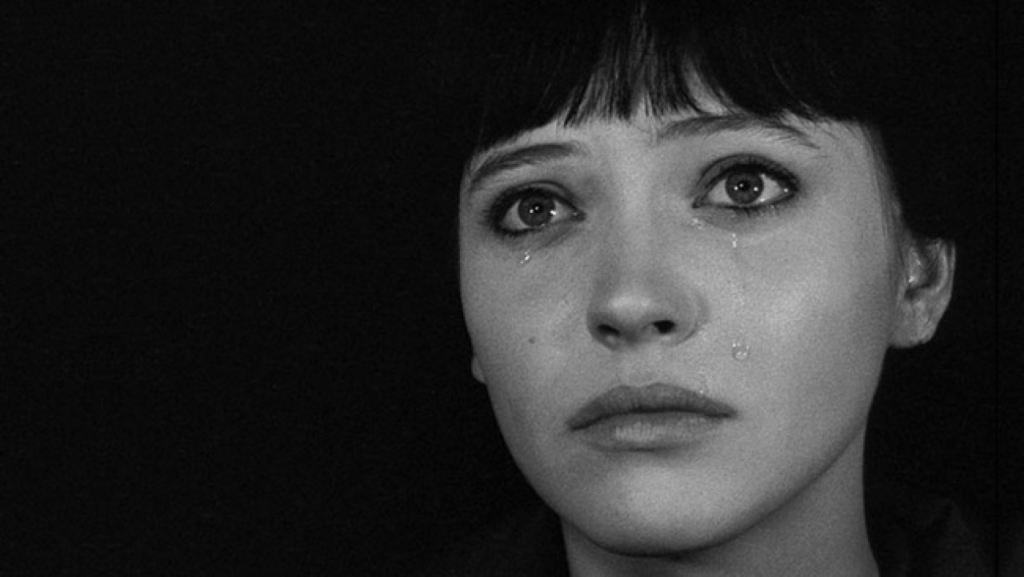

I would argue that Donnie Darko (Richard Kelly, 2001) could be said to be influenced by Soviet Constructivism Cinema; as it plays with themes of unidentified knowledge which is explored through characters and ideas with/of prior knowledge. Though it is heavily reliant on more gothic aspects of the Sci-Fi genre, it appears that there is a focus throughout the narrative on explanations grounded in science and human belief. Much like films of the original era, Donnie Darko allows its audience to understand the arc of the plot using modern ideas, and not philosophical or fantastical theories. Using mostly more objective editing, (though there are some scenes which bring into question the fabrication of reality) Kelly seems to imply that the eccentricity of the story is a product of human curiosity rather than the supernatural, and depends on what people ‘already know to be true’. Cooler overtones like blue and grey also suggest objective reality, as they are thematically more often associated with logic or lack of emotion.






















